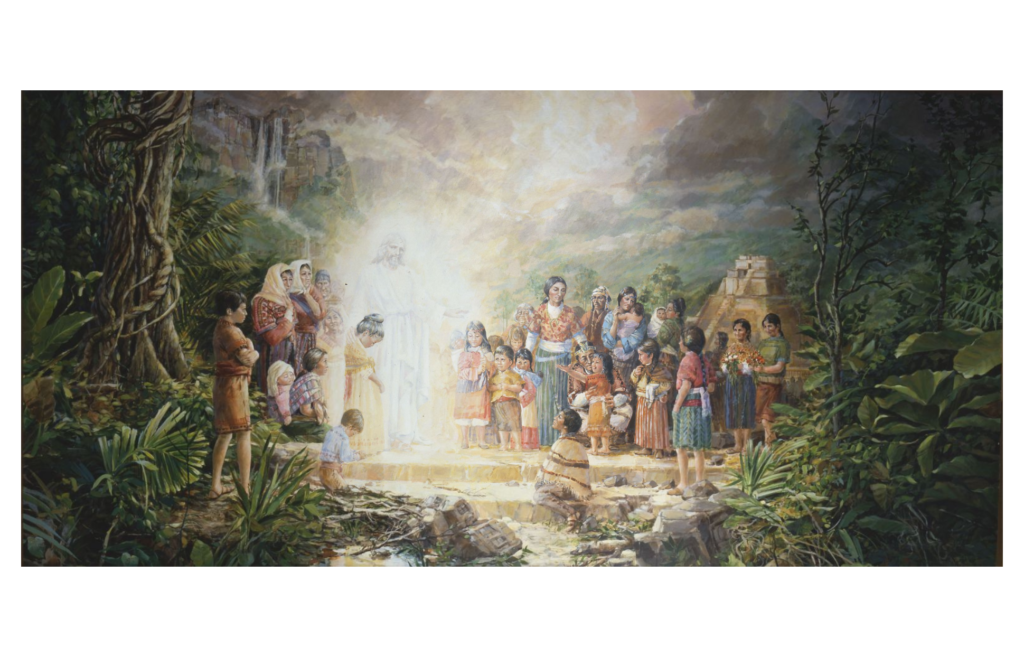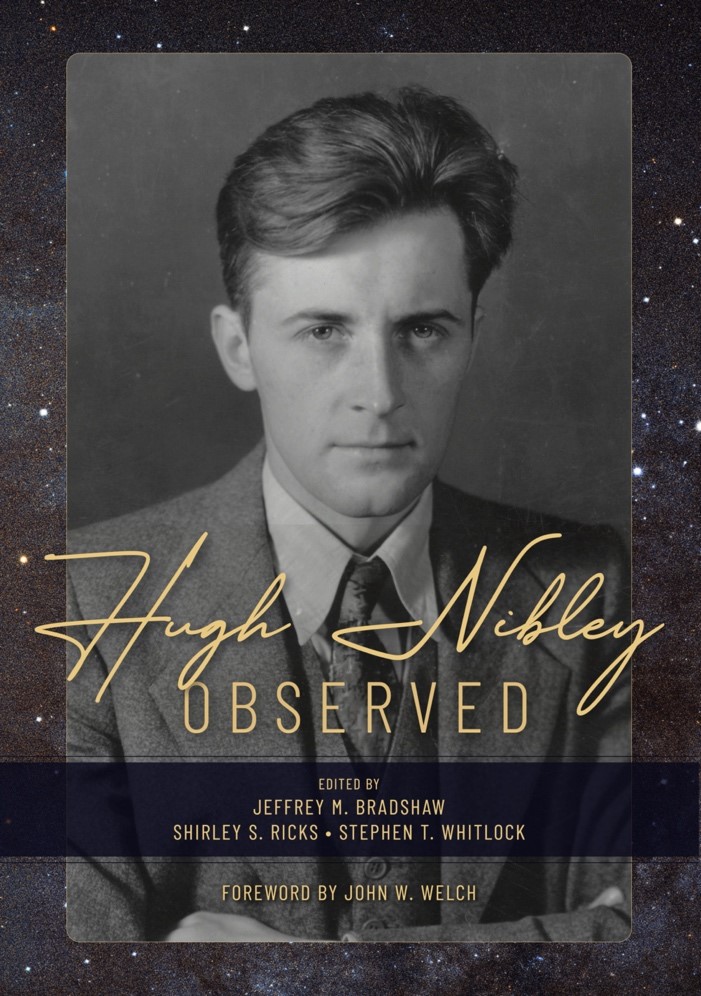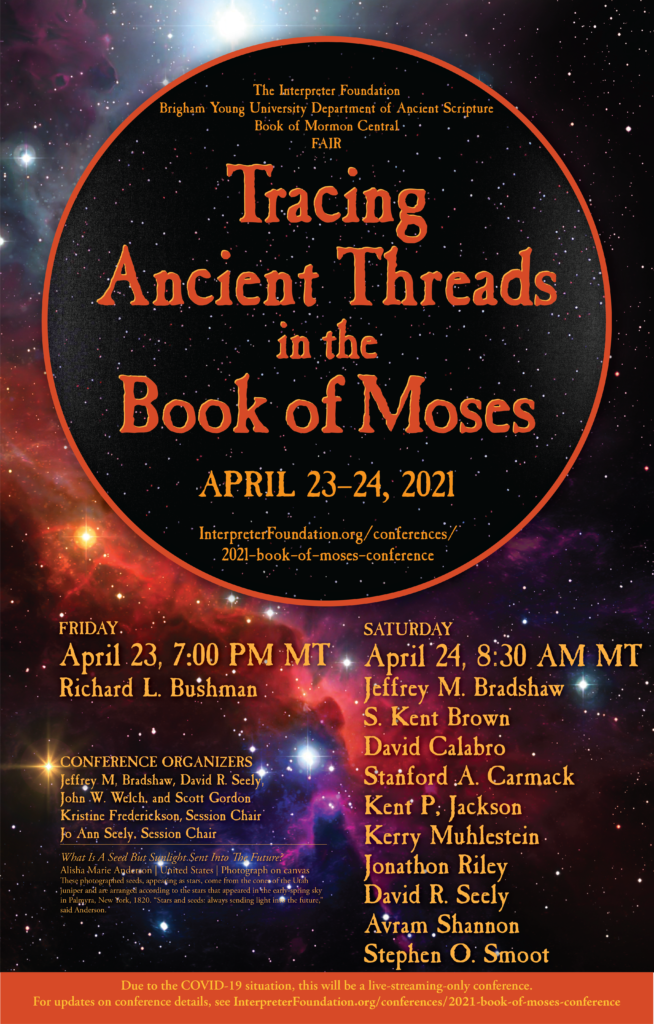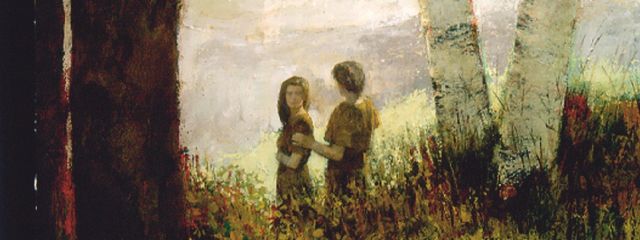
The Two Trees
by V.H. Cassler
(This is from a presentation given at the 2010 FAIR Conference)
The Restored Gospel teaches me that the term “God” means an exalted woman and an exalted man married in the new and everlasting covenant (and we also get that from D&C 132). We are taught that there is no God without men and women loving each other as equals. Heavenly Father is not an old bachelor. In fact, the one who’s an old bachelor is Satan. This is revolutionary.
Second, the Restored Gospel teaches me that you will have your male or female body forever. It is not a curse, but a great gift and a blessing that you had to prove yourself worthy to have. Women in the audience, your breasts, your womb, your ovaries, are not cursings, sisters, they are blessings. And the Restored Gospel also teaches me that I will be married forever, and that I will have children forever, and that that life of being a woman married to my sweetheart and having children forever is the life that will bring me the fullest joy. [Read more…] about Come, Follow Me Week 3 – Genesis 3–4; Moses 4–5
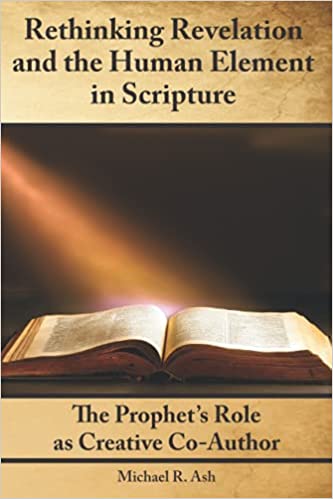
 Michael R. Ash, a FairMormon member for more than twenty years, has been featured in nearly 90 podcasts and 30 videos. In more than two decades of writing LDS-themed material, and as a former weekly columnist for Mormon Times (owned by the Deseret News), his works include over 160 on-line articles, as well as articles in periodicals such as the Ensign, Sunstone, Neal A. Maxwell Institute’s FARMS Review, and Dialogue: A Journal of Mormon Thought.
Michael R. Ash, a FairMormon member for more than twenty years, has been featured in nearly 90 podcasts and 30 videos. In more than two decades of writing LDS-themed material, and as a former weekly columnist for Mormon Times (owned by the Deseret News), his works include over 160 on-line articles, as well as articles in periodicals such as the Ensign, Sunstone, Neal A. Maxwell Institute’s FARMS Review, and Dialogue: A Journal of Mormon Thought.